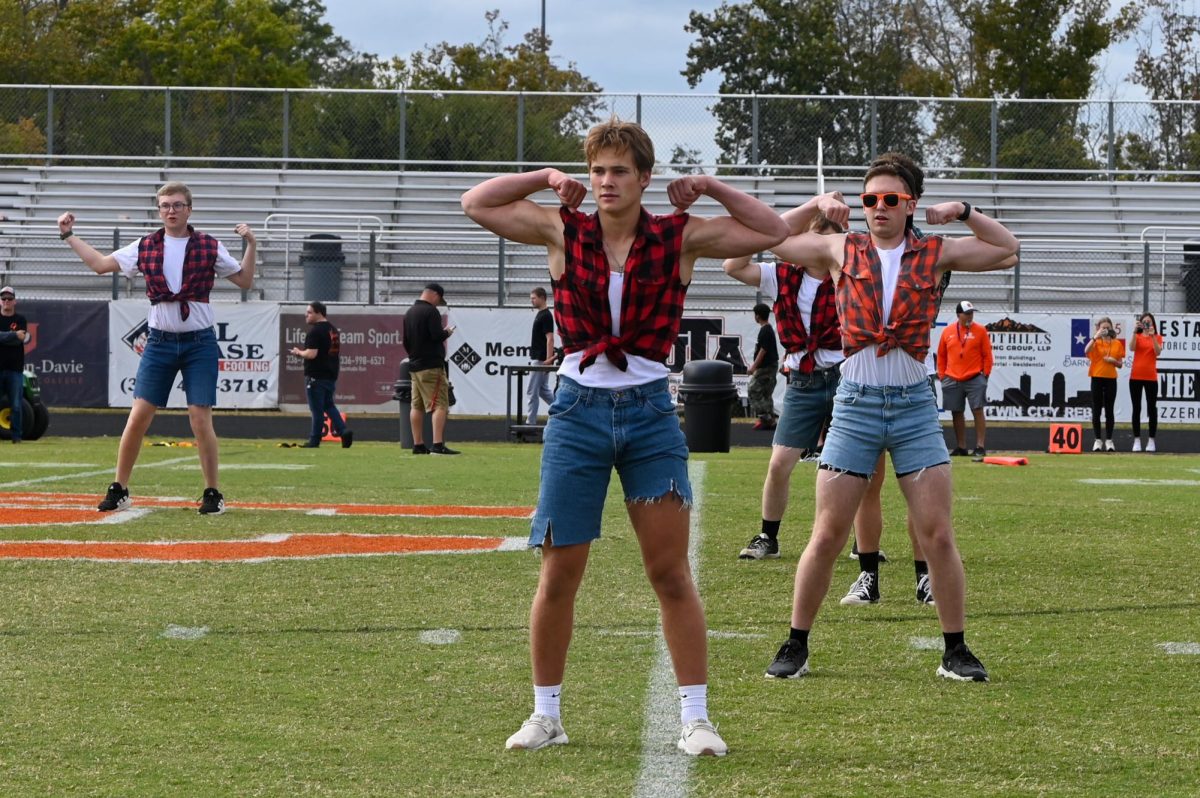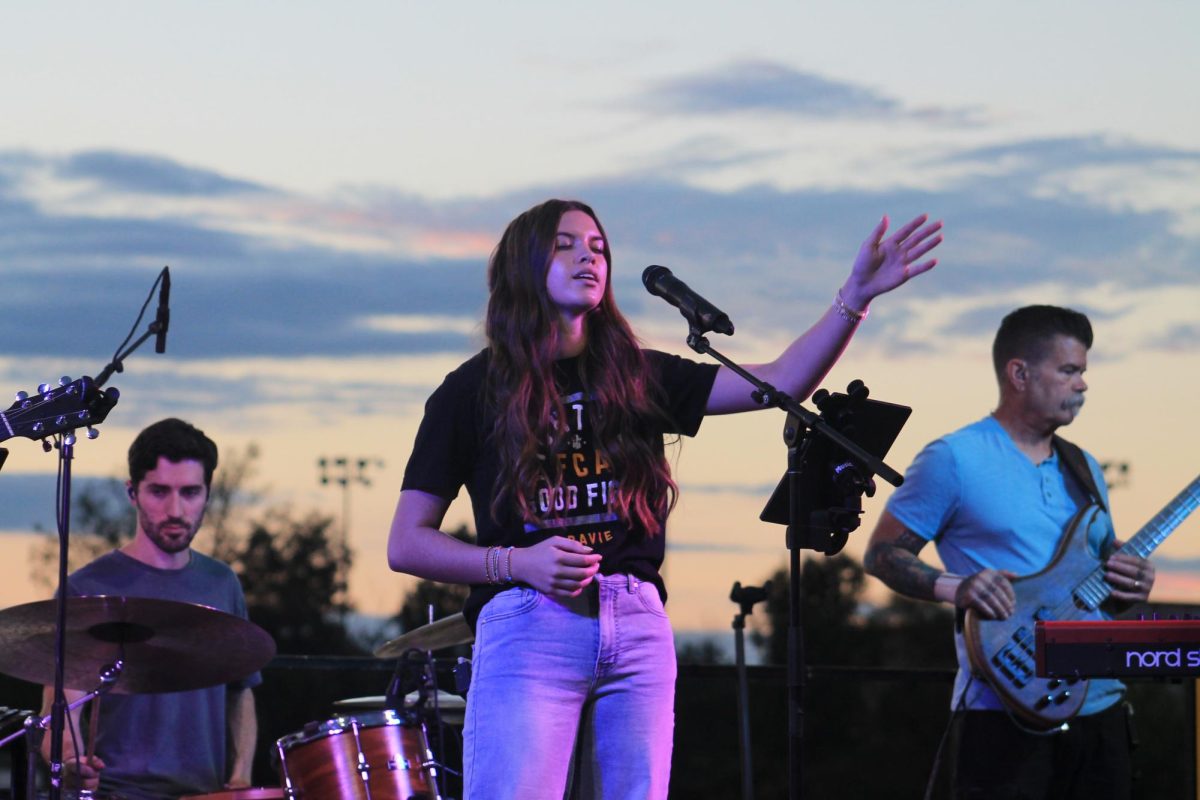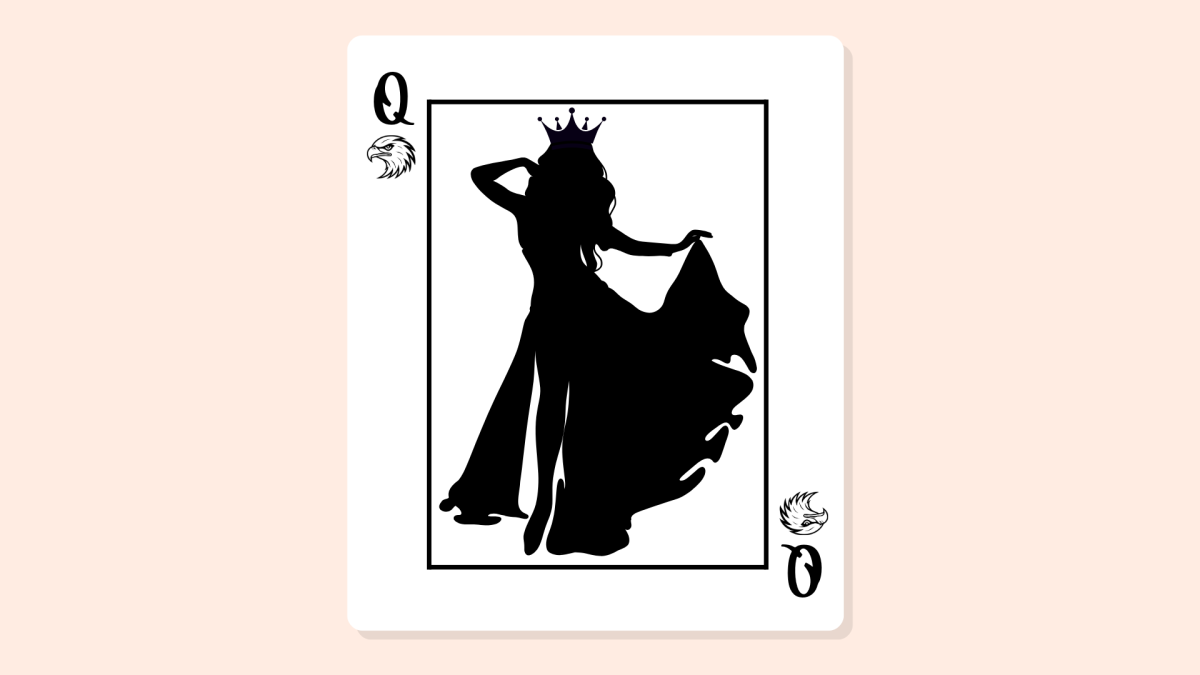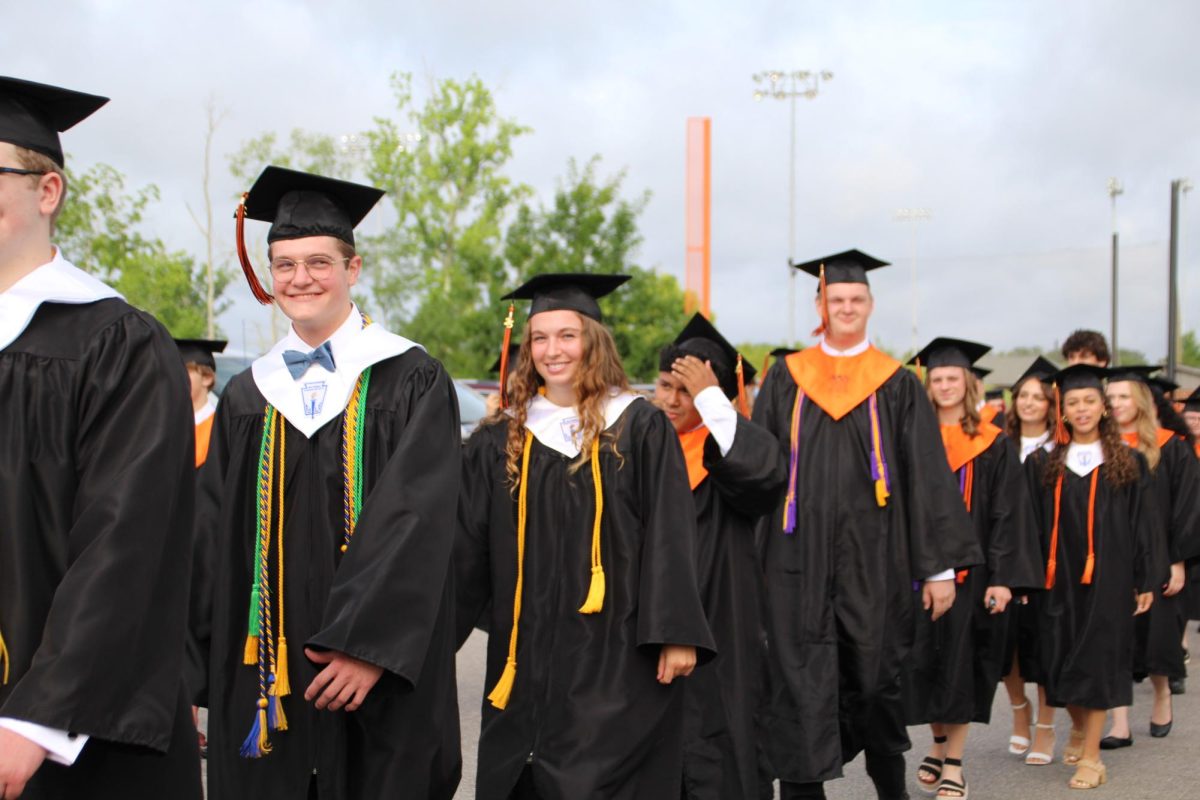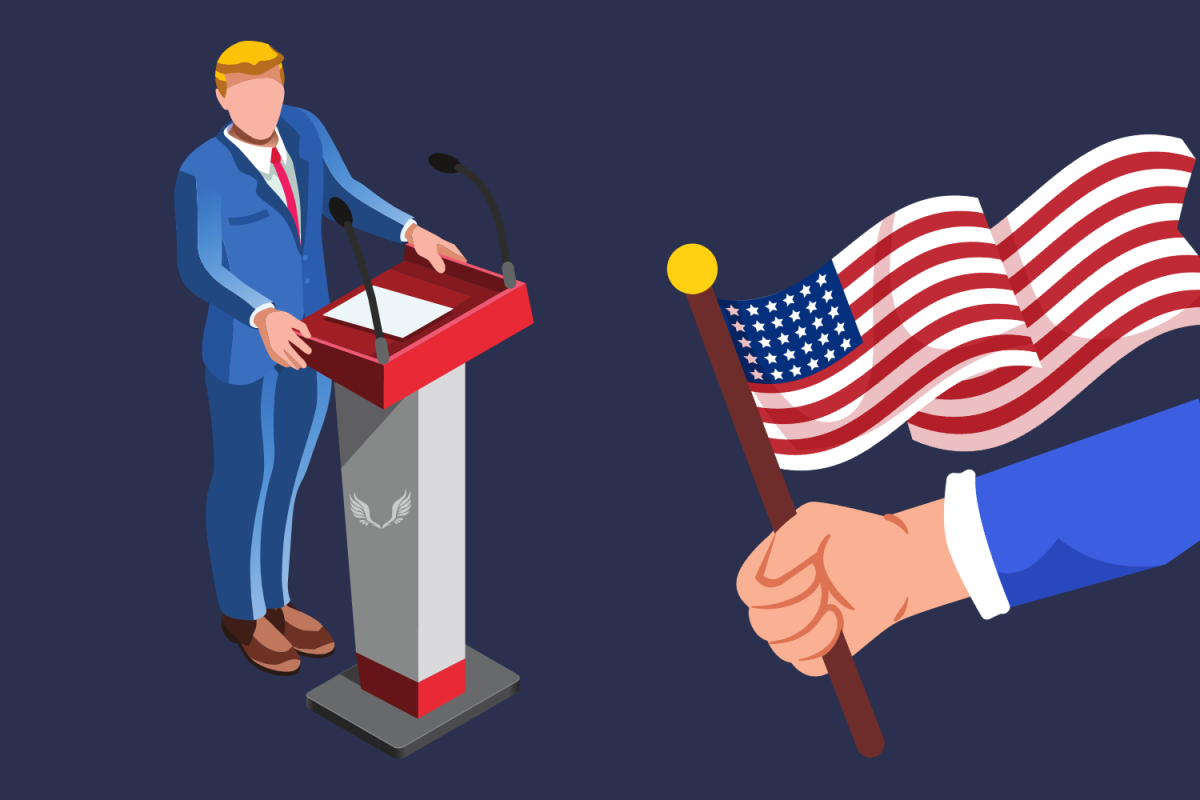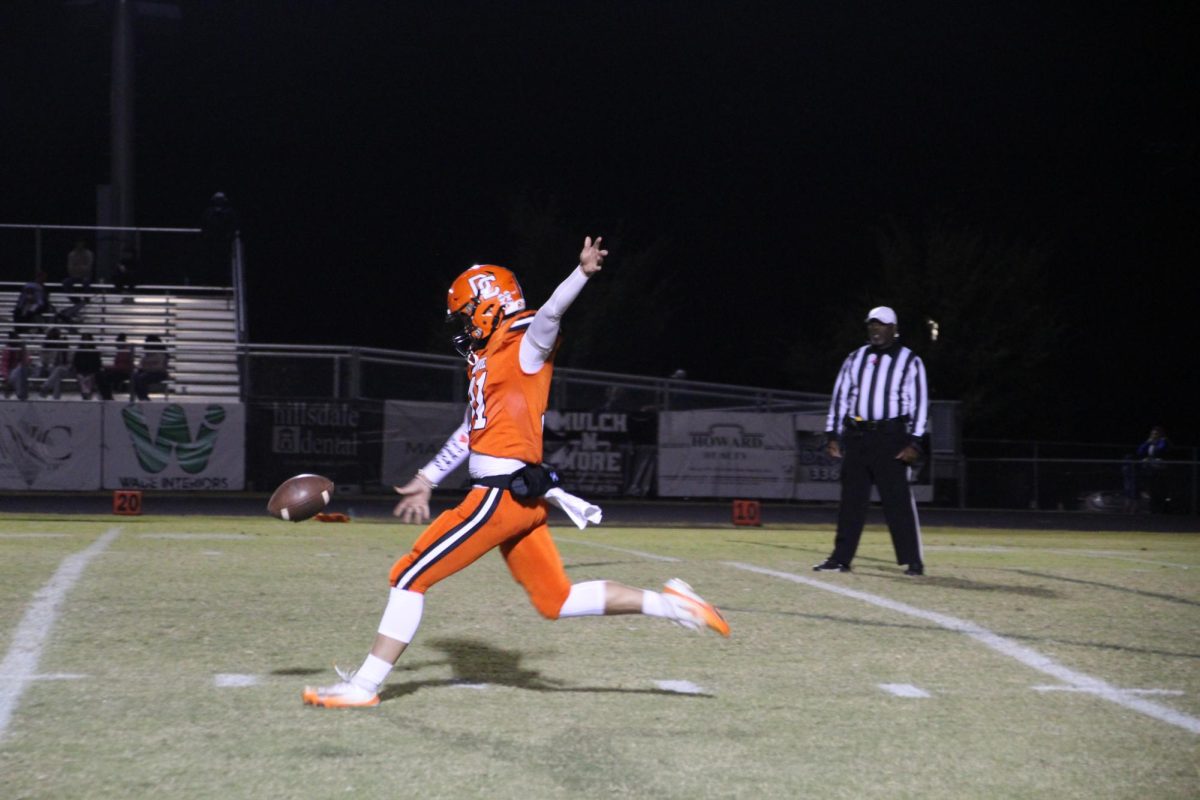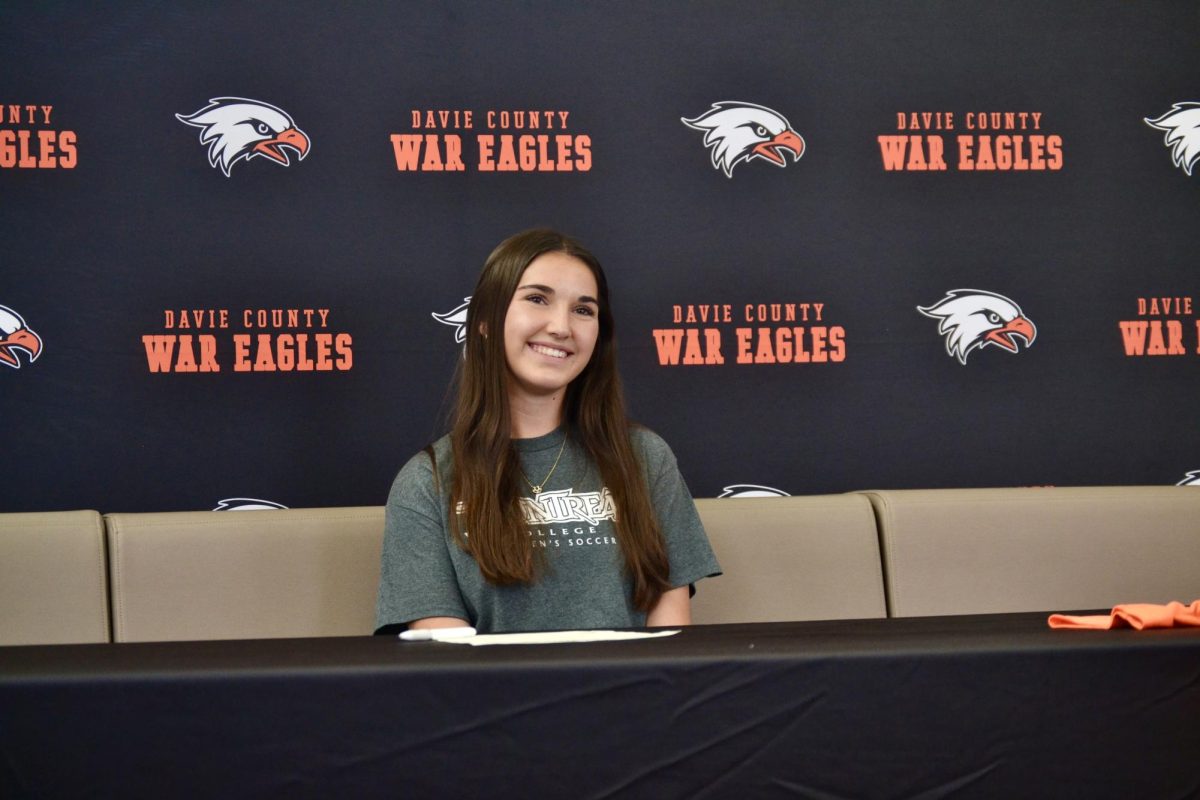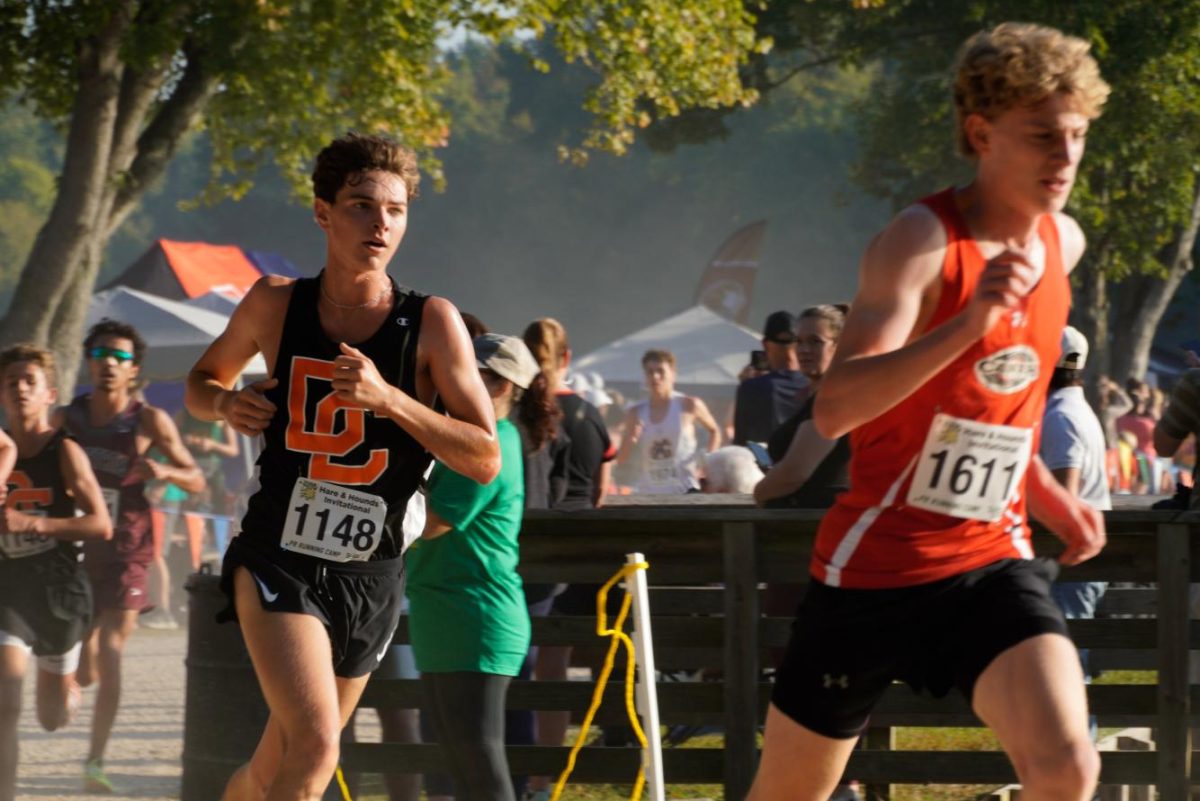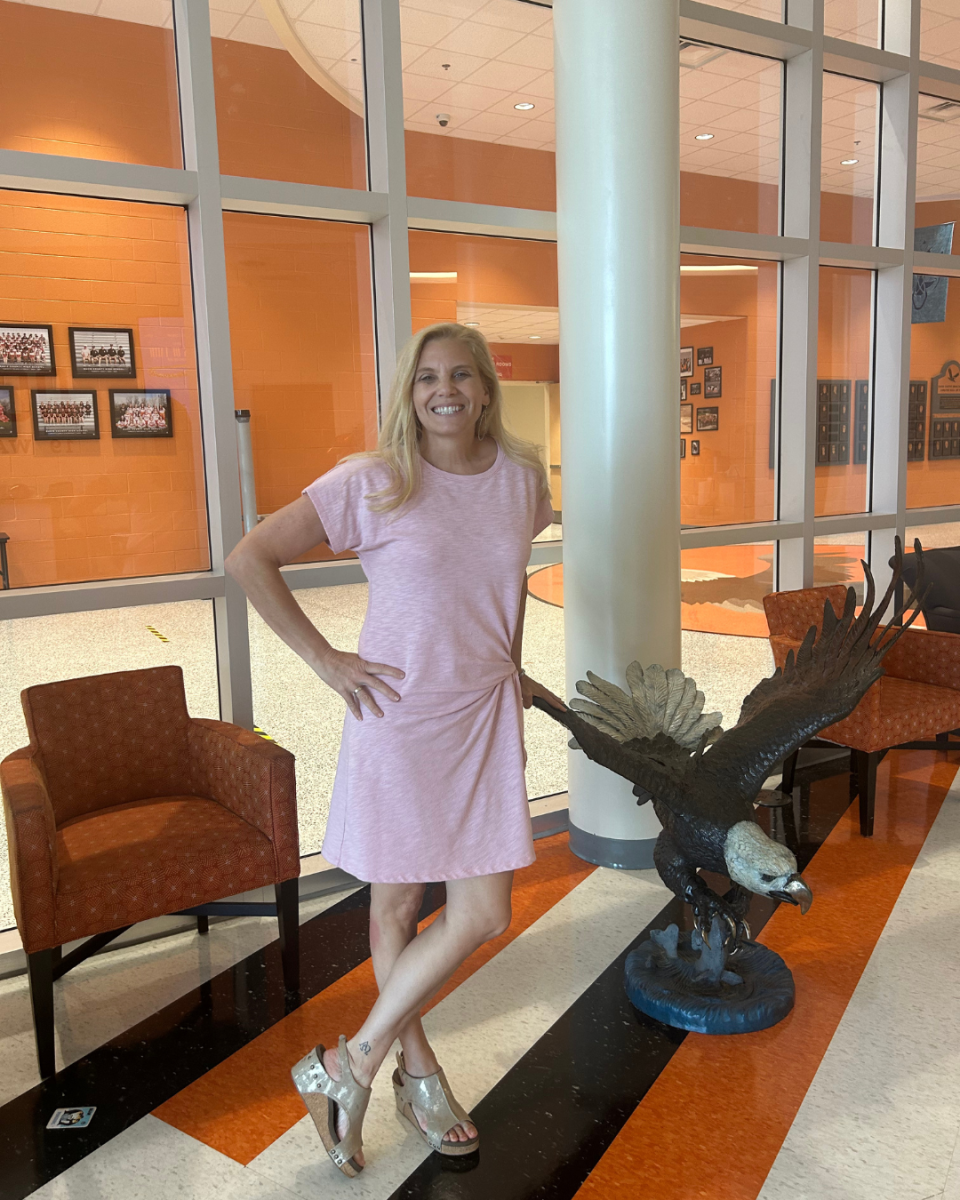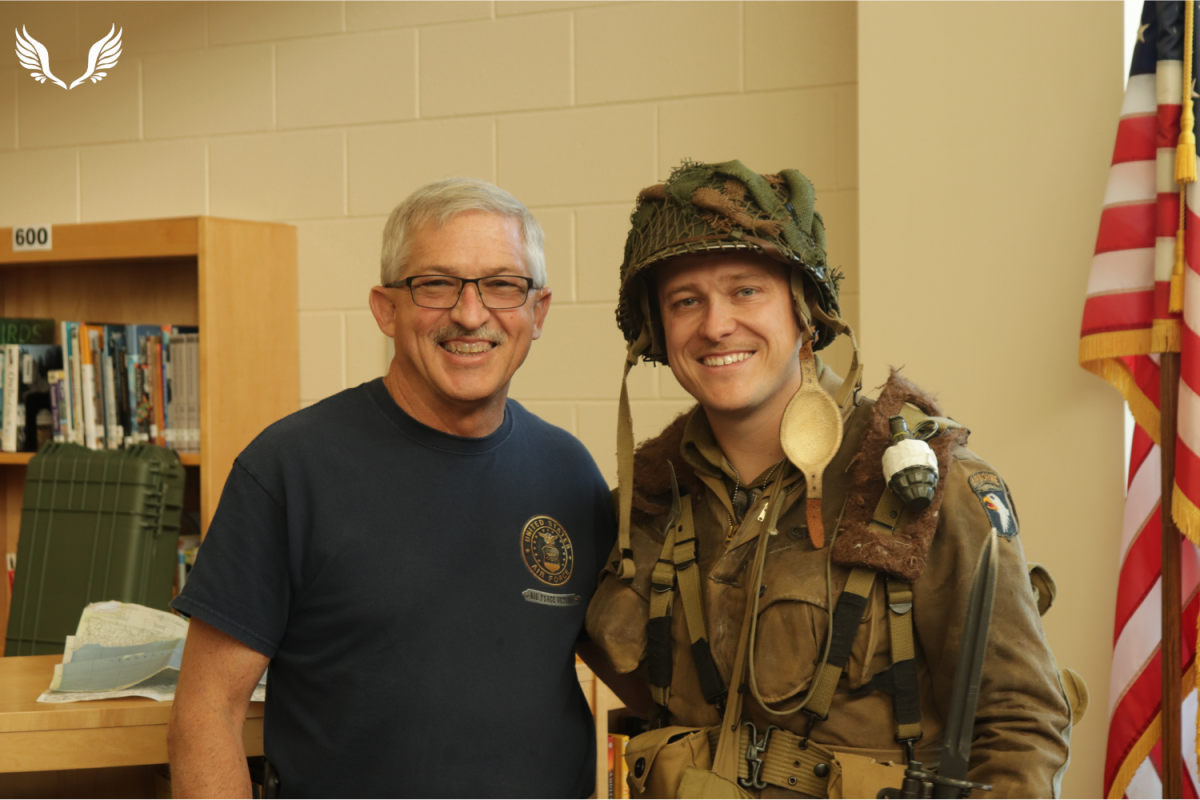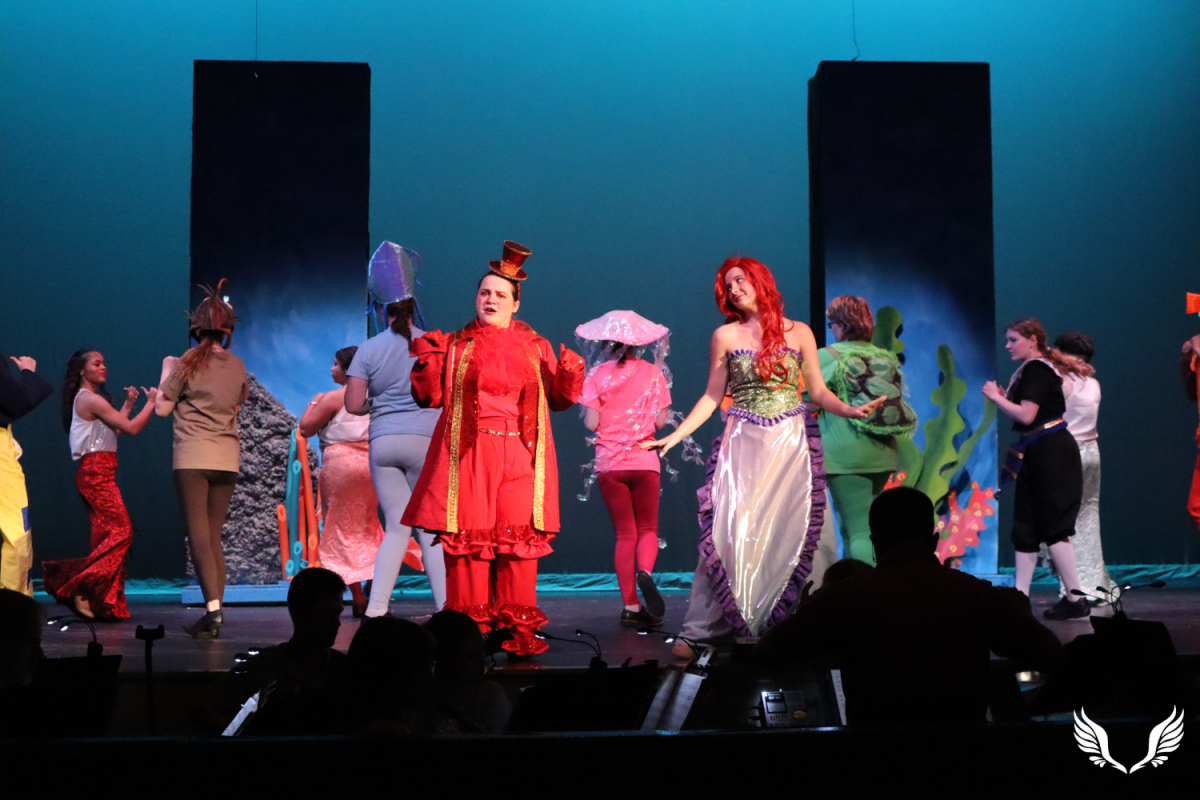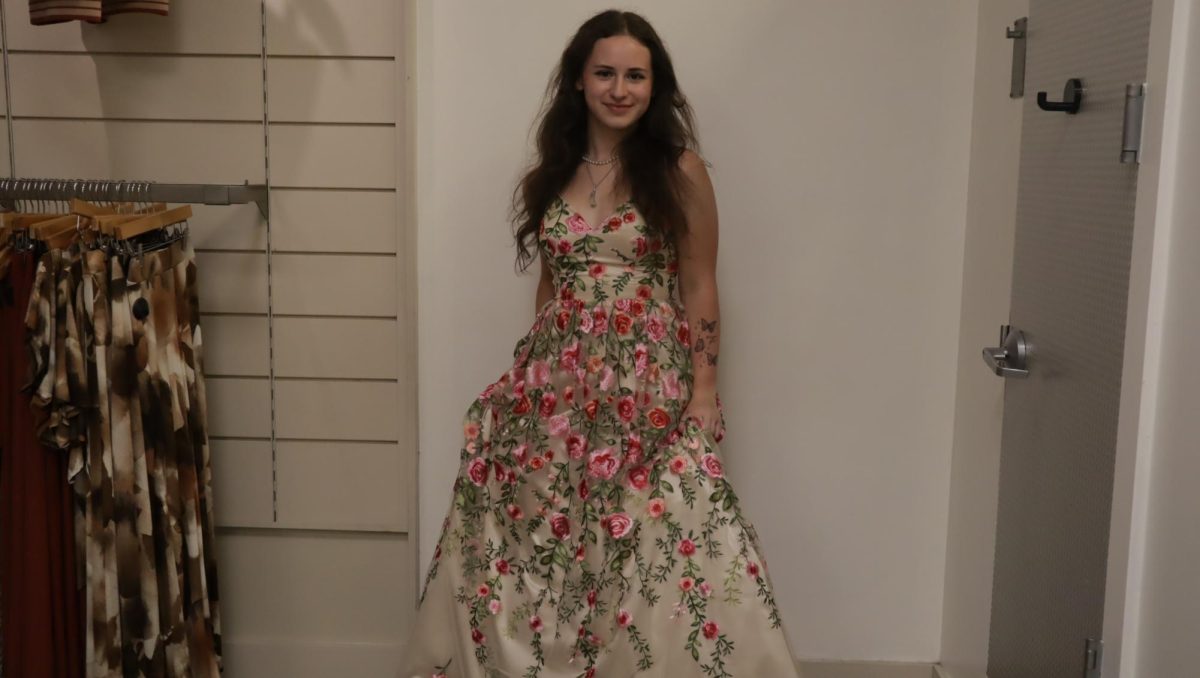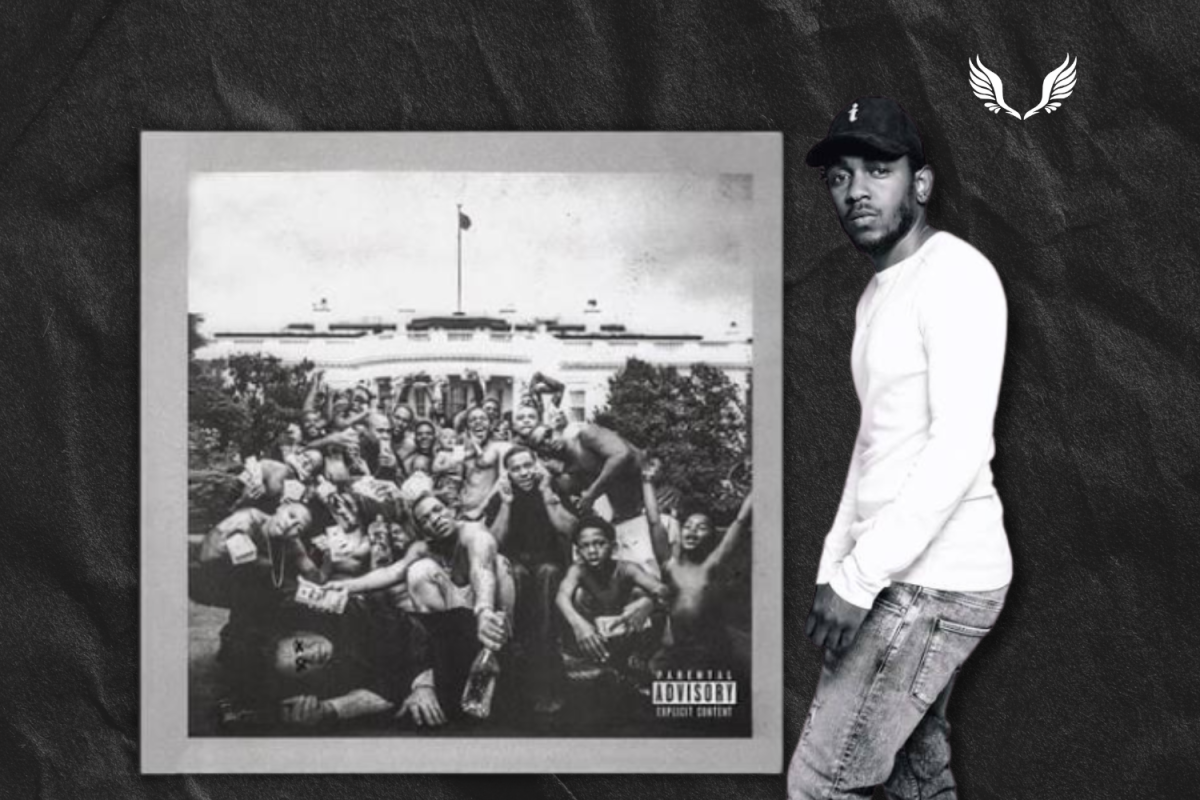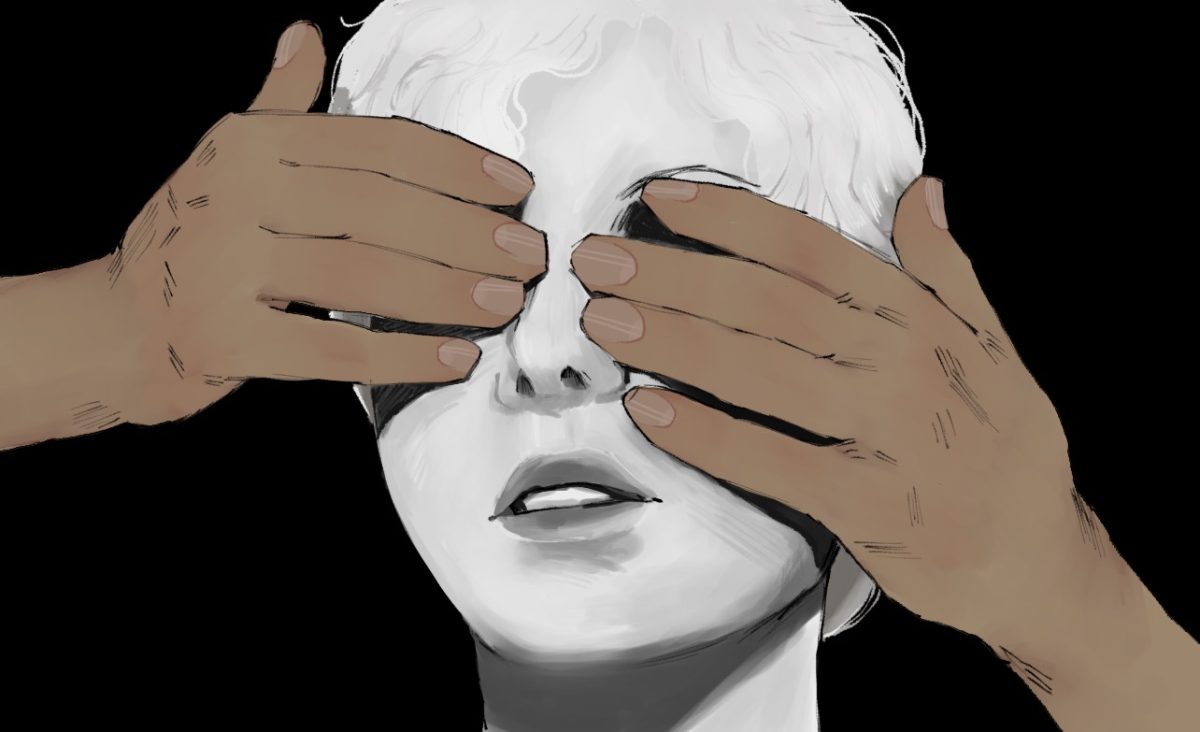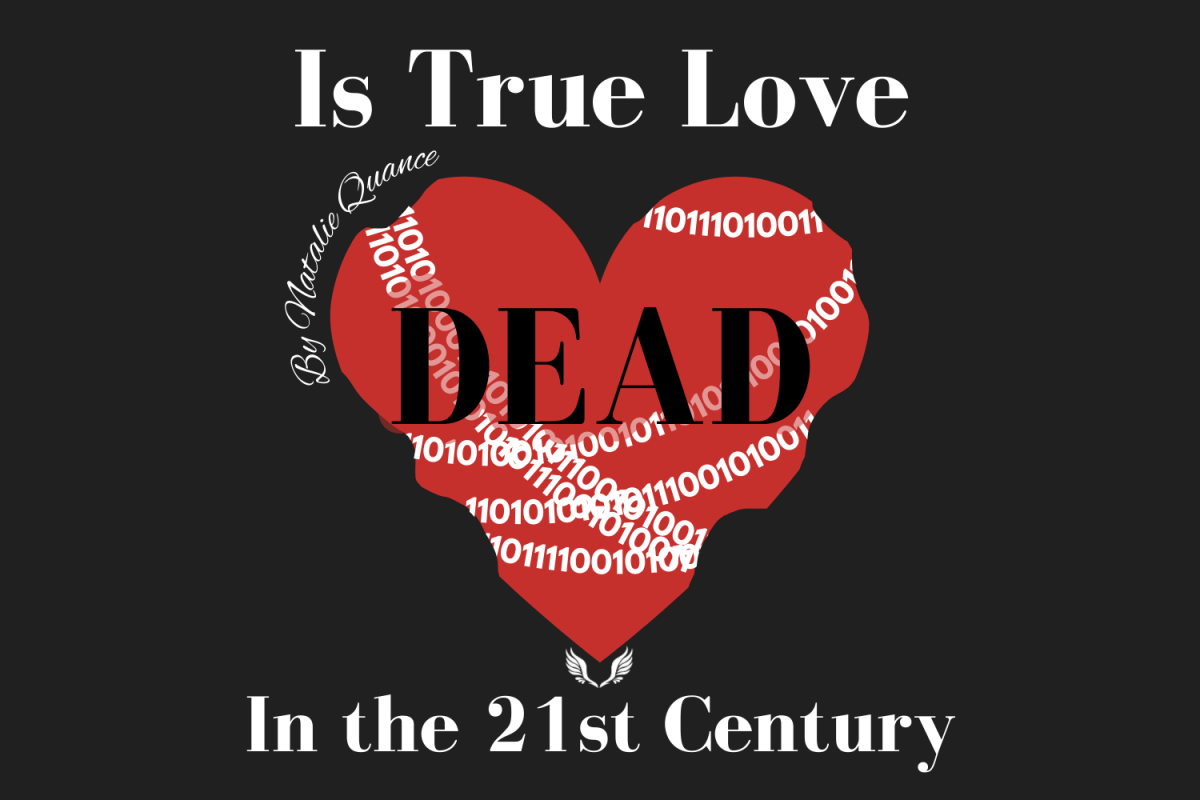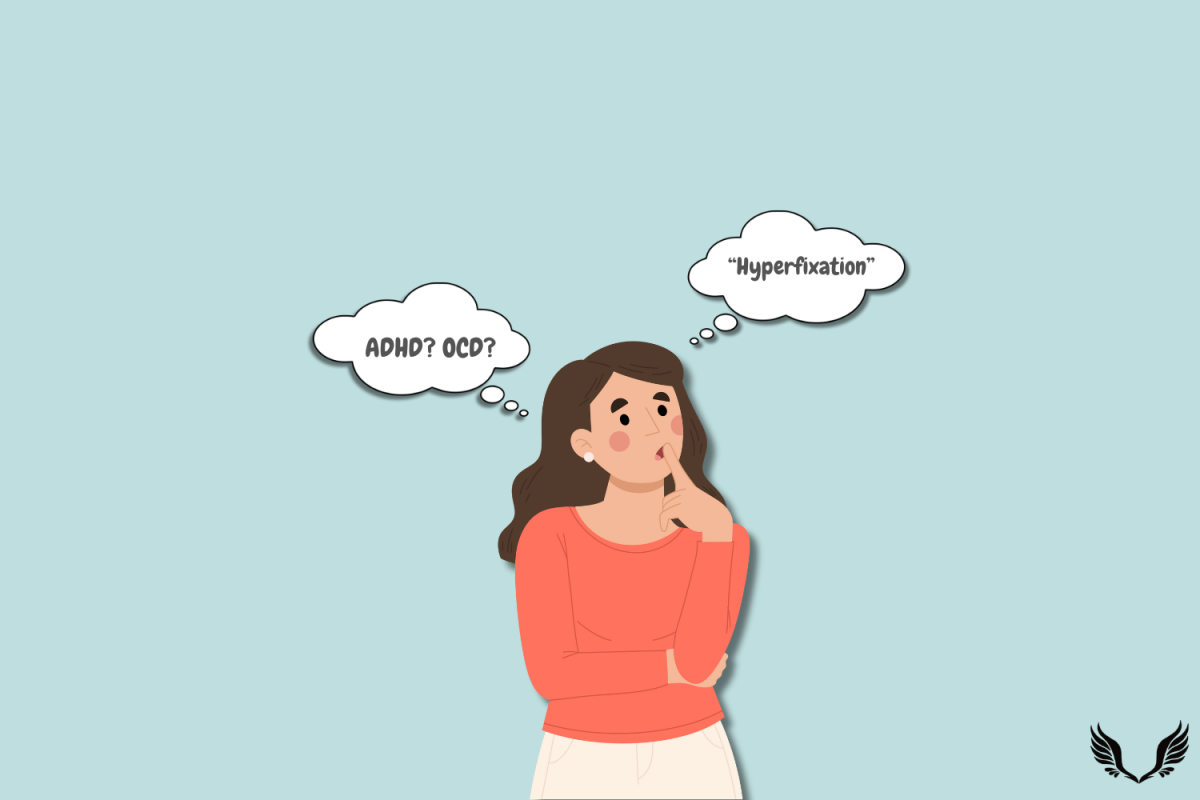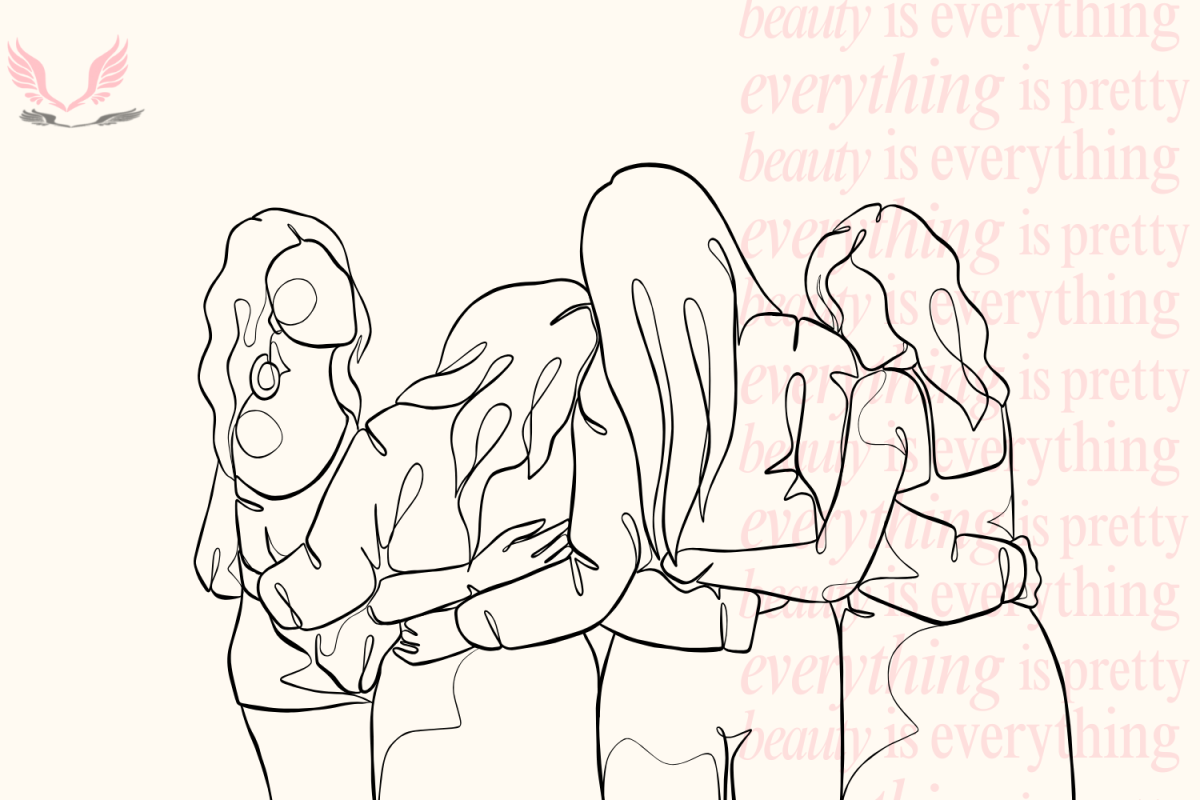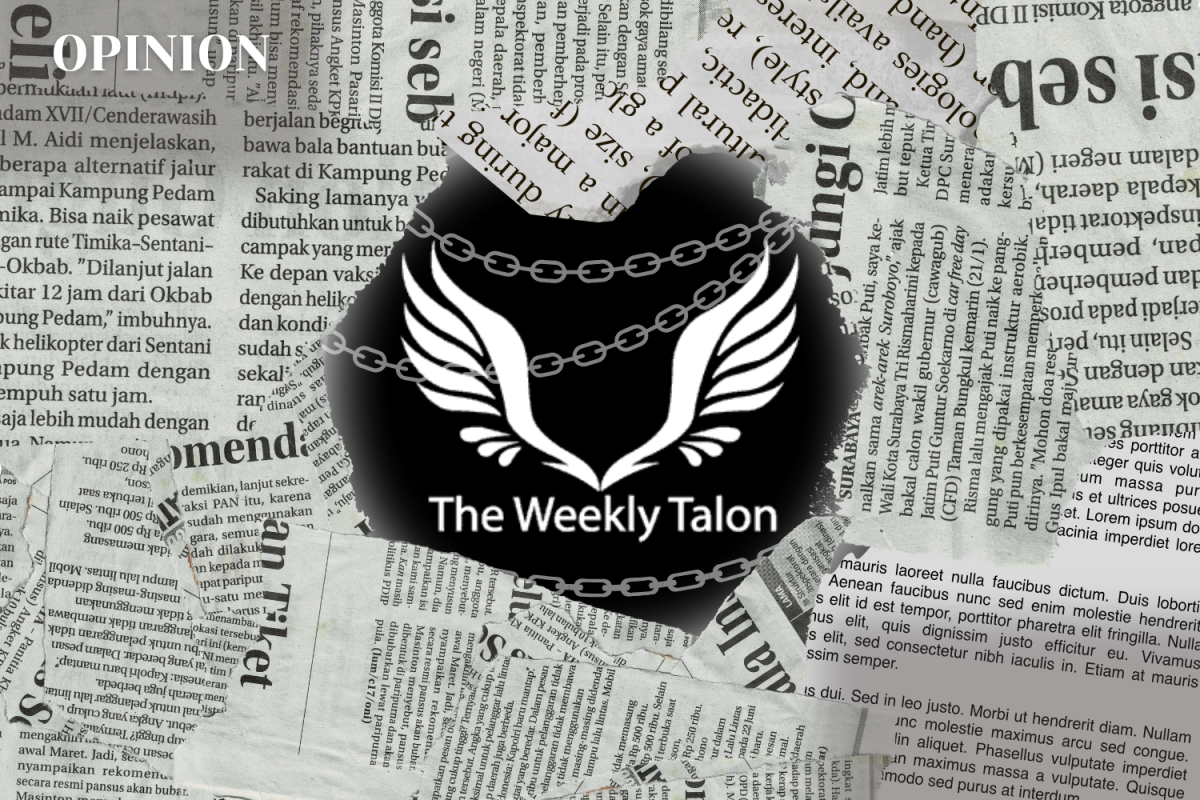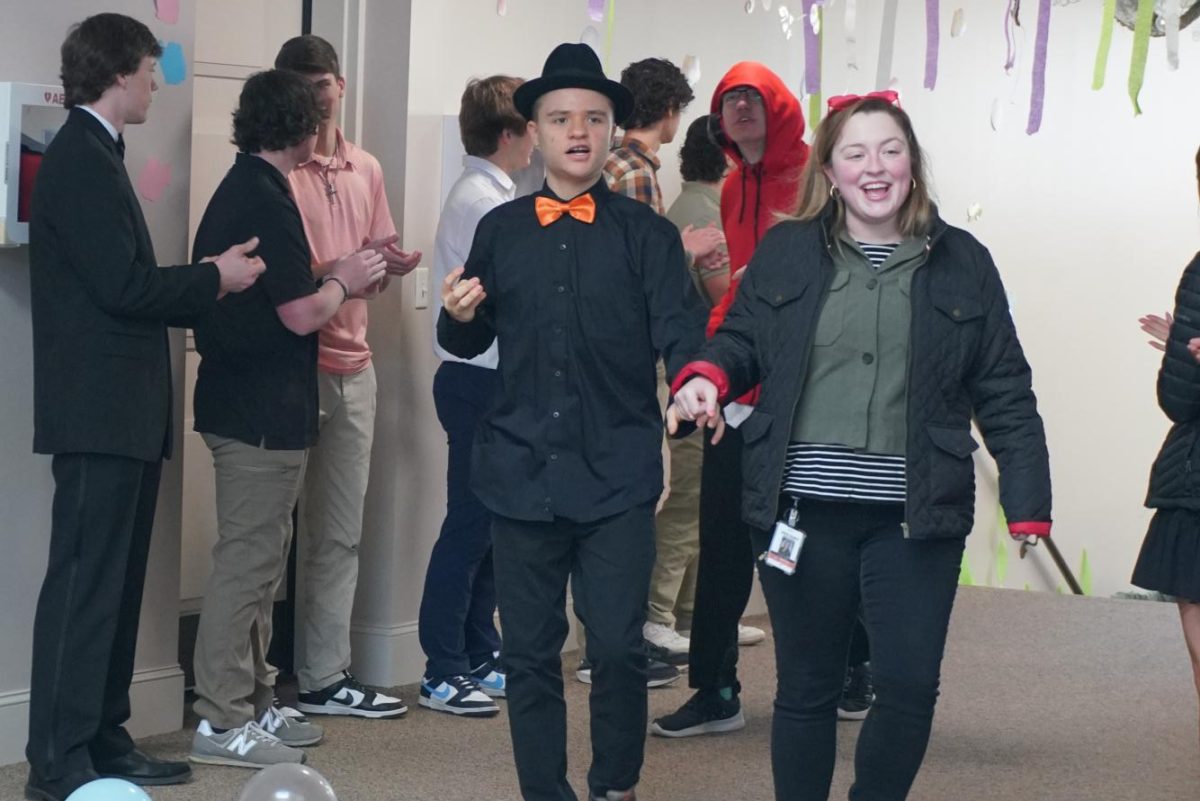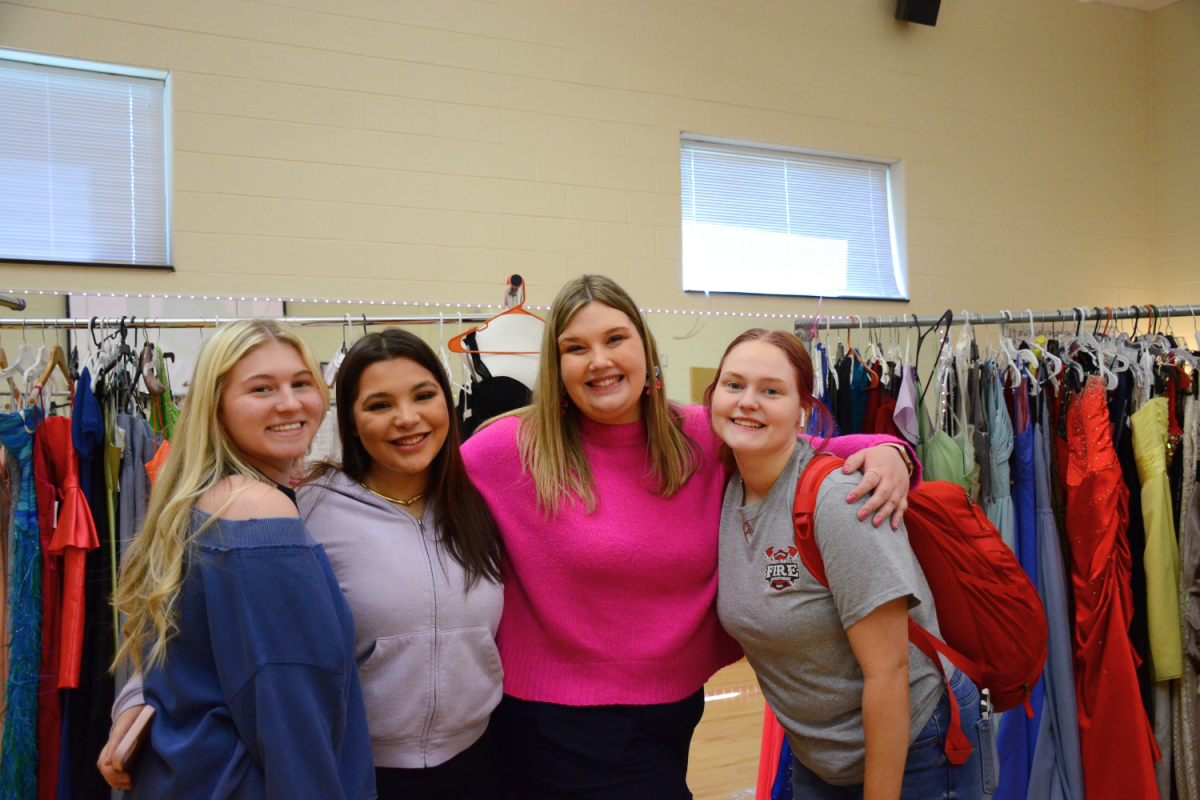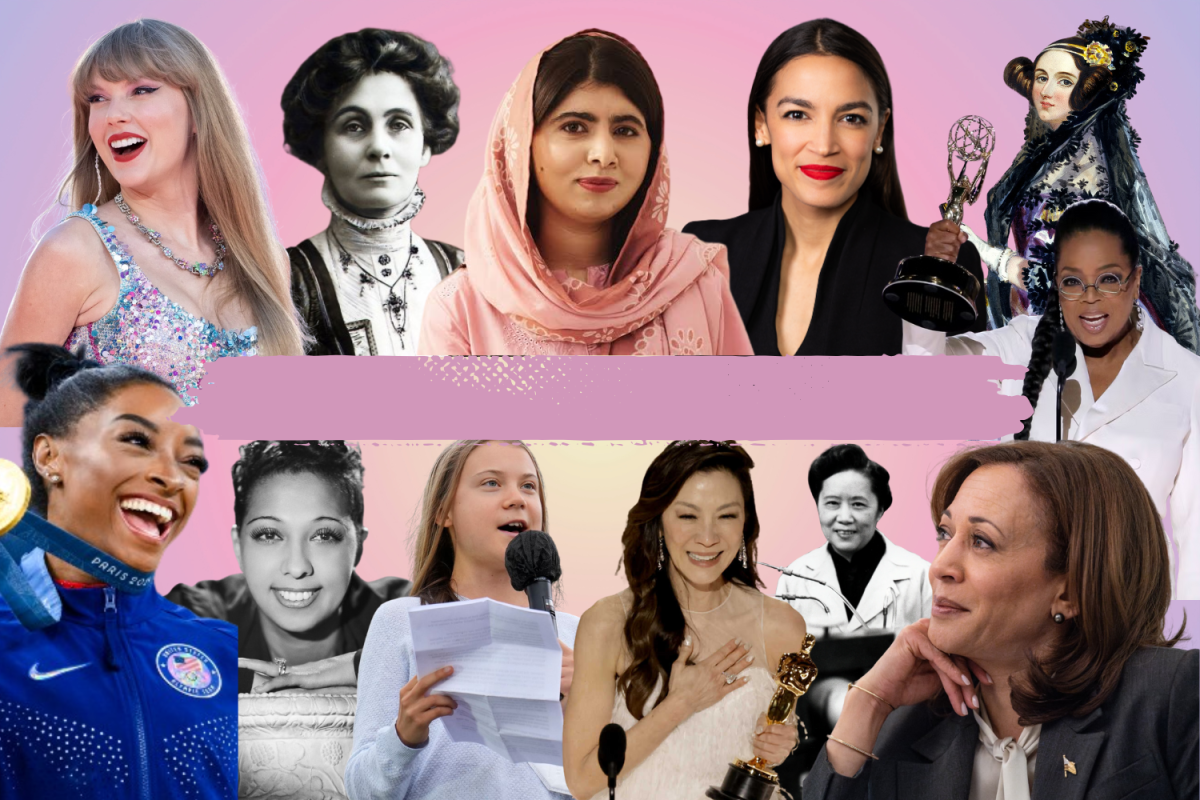March, the month of celebration and recognition for the great women of the world. For the mothers and doctors and housewives. For the writers and teachers and soldiers. For the attorneys and pilots and politicians. This month is dedicated to the remembrance of many women that have graced our history books and media pages through countless years of joy and struggle, triumph and grief.
For centuries, women have been both raising standards and creating new ones in a world where they were told they could not. From discovering new scientific methods to becoming firsts in fields where they were ‘never meant to be’. Lots of these women, however, go unnoticed by our textbook pages and our great inventor’s lists. Though it is impossible to name every remarkable woman who has once walked the Earth, it is very possible to skim the surface and name a few. In honor of these women and so many others, here is a short list of 8 female figures who have made their mark on society, symbolizing skill, resilience, and determination.
Ada Lovelace (1815 – 1852)
Augusta Ada King, the Countess of Lovelace, was an English writer and mathematician in the 19th century. As a child, her mother, Annabella Milbanke Byron, worried she would inherit erratic traits from her father, so she became determined to teach Lovelace all about math and science. She was privately and self-tutored for many years up until she was married when she became interested in the Analytical Engine (first thought-out computer) created by Charles Babbage. She made detailed annotations on the machine and proposed many new ideas, such as the thought that the Analytical Engine could be programmed to calculate Bernoulli numbers. She was the first person to recognize the potential of the device, as well as centering her work around it. This gave Lovelace the title of the world’s first computer programmer which inspired many young women after her.
Emmeline Pankhurst (1858 – 1928)
Emmeline Pankhurst was a renowned English activist who organized and led the British suffragettes. In 1894, Pankhurst founded the Women’s Franchise League which confirmed the right for married women to vote. In 1903, she founded the Women’s Social and Political Union (WSPU), which gained traction when two of its members were arrested when their demand for women voting statements escalated. During World War I, Pankhurst traveled on tours in the U.S. to continue promoting women’s suffrage. Her efforts were not for nothing, as after many decades of advocating, the Representation of the People Act was passed in 1928 establishing gender equality. Unfortunately, this act was passed only mere weeks after her death, however, her efforts have not and will not go unnoticed, as she gave a voice to unheard women across Great Britain.
Josephine Baker (1906 – 1975)
Out of all early 1900s performers, Josephine Baker has to be one of the most important. Starting at just age 15, when she ran off with an African American theatre group, she stunned the stage as a dancer before moving to New York City during the Harlem Renaissance. She later made her way to Paris, France, and reclaimed herself as an extraordinarily eye-catching performer. Unfortunately, this lavish and wealthy life she had built for herself was interrupted by the chaos of World War II. In 1940, for a drastic yet courageous career change, Baker became a spy for the French military to aid against the Nazi invasion. Baker would perform in front of the Nazis and relay any overheard information back to the French via music sheets with writing in invisible ink. Many years later, she returned to the U.S. and continued performing. Another title was added to her resume as an activist against segregation when she refused to perform for segregated crowds, forcing desperate club owners to integrate. Baker continued to protest racial discrimination until her death in the 1970s. Josephine Baker can be considered nothing less than an icon, powerhouse, and revolutionary figure who inspired all women lucky enough to see her name in the headlines.
Kamala Harris (1964 – Present)
While most known for her 2024 presidential campaign, she will forever be written as the first woman to become the United States Vice President. Harris started her career as a Deputy District Attorney in the 90s and only a decade later became the first woman and African American to hold the title of San Francisco District Attorney (2004 – 2011). This was only one of her many ‘firsts’, however, because she was also named the first woman, African American, and South Asian American to become a California Attorney General (2011 – 2017). From there, her breakthrough in big league politics began as she was elected as California Senator (2017 – 2021) with 61.6% of the vote, winning in a landslide. Even then, Harris continued to climb her way up the political ladder where she eventually landed on the steps of the White House when she became the first-ever woman Vice President in the 2020 election. This monumental event, along with her other countless achievements, has solidified her place in women’s history.
Dr. Chien-Shuing Wu (1912 – 1997)
Chien-Shuing Wu has been doing the unusual since she was a child, starting with attending school as a girl, which was nowhere near normal at the time. Further into her adult life, she greatly excelled in academics, graduating at the top of her class with a physics degree from a university in China. She was given the funds to continue her studies in the U.S. where she worked in a lab under a Nobel Prize winner, before acquiring her own PhD in Physics in 1940. A few years later, Wu did very important work on the famous Manhattan Project being constructed in World War II, where she improved many of its qualities. Two decades later. Wu constructed an experiment called the Wu Experiment, yet even though it was very significant at the time, she was not acknowledged for her work and did not win a Nobel Prize. Even so, her contributions will always have her known as the First Lady of Physics, no matter how critically recognized she may or may not be.
Sojourner Truth (1797 – 1883)
An esteemed advocate for women’s rights, abolition, and temperance are all the things that escaped slave Sojourner Truth is known for. After an abolitionist family bought her freedom in 1827, she became a minister and spent the next two decades as a speaker meeting famous abolitionists. She was inspired to begin giving anti-slavery speeches and dictated an autobiography, which gained her recognition across the nation. However, Truth is most known for her famous ‘Ain’t I A Woman?’ speech, which she gave at a women’s rights conference in 1851. The speech entailed challenges of race and gender inequality by noting her strength as a woman and is the trademark of her legacy. Truth continued her avocations through the Civil War, promoting the Union, and got to meet Abraham Lincoln via invitation to the White House after the war ended. Sojourner Truth remains an extremely influential figure in the fight for race and gender equality and demonstrates the power we have in our voices.
Deborah Sampson (1760 – 1827)
Deborah Sampson, with great heroism and determination, was one of the first recorded women to ever join the U.S. military. This was seen as unthinkable for the time period, so she disguised herself as a man she named Robert Shurtleff. As Robert, she enlisted for the Revolutionary War and was assigned several perilous tasks. She helped lead an expedition of 30 infantrymen and led a raid on a home that captured 15 men. Sampson underwent many close calls about the discovery of her true gender, yet was finally found when she got a sickness and lost consciousness in the hospital. She did receive a full military pension for her service and was the only woman to do so in the Revolutionary War. Sampson showed courageous acts of heroism and patriotism and is a true inspiration to women in the military today.
Malala Yousafzai (1997 – Present)
The dangers of women’s advocacy in certain areas of the world are clearly seen from the suffering Malala Yousafzai endured. Her activism began at only 11 years old when she decided to speak out against the new rise of patriarchal control being conducted by the Taliban. She would write for the BBC to speak about the nightmares in her life as well as advocate for girls’ education rights. In 2012, Yousafzai was taken off her school bus by the Taliban and received a gunshot to the head, which she miraculously survived after quickly receiving intensive hospital care. The following year, she was able to speak at the United Nations in New York, received the Sakharov Prize for Freedom of Thought from the European Parliament, and published an autobiography. In 2014, she started her own fund to support women internationally and received a Nobel Prize at the end of the year. Yousafzai became the youngest person to ever win the Nobel Peace Prize at just age 17 and continues to advocate for women’s rights today.
Women’s History Month is about many things. Most importantly, it is to celebrate the accomplishments made by our greatest inspirations and inventors. For the remainder of March, it is important to remember the women who have paved the way to get us where we are now and honor the lasting impacts made by each and every one, in both history and our lives today.

